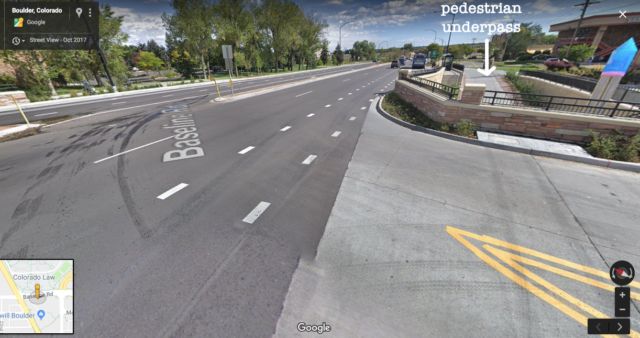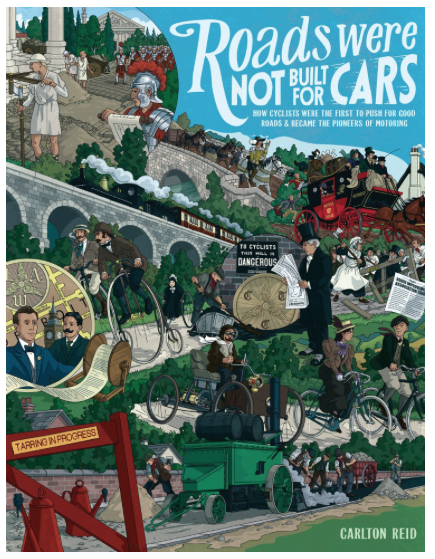Mission: To promote driving less so all may live more.
[Marc, from southern Colorado, has turned his Mercedes into a car that burns the diesel fuel he also makes. Following is a post he wrote on the dilemmas with which he struggles. — Louis]
Driving Less in a Public Transportation Desert
AeroKroil, my latest hope in the fight to get my 1995 Mercedes diesel back on the road.
Embarrassment, the key motivator to pull her in to my garage to figure out why she is smoking so bad when started cold. I pulled the fuel injectors to test them and two of the crush washers, which all need to be replaced, are frozen in there with carbon deposits; hence the AeroKroil. AeroKroil is supposed to be the “best” penetrating oil out there. The gun toters like it to clean their guns cuz it dissolves carbon.
Continue reading “Public Transportation Desert (guest post, Marc Syrene)”


